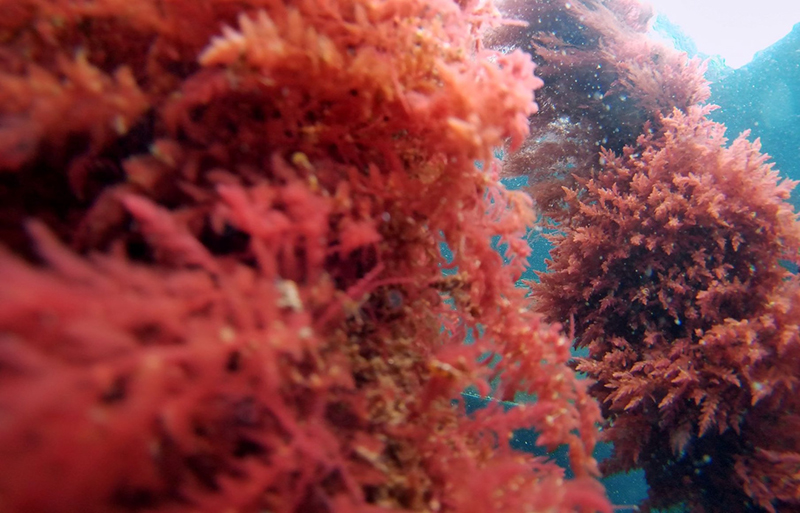The Commonwealth Government has committed $8.1 million to progress seaweed research and support the establishment of a National Hatchery Network for the commercialisation of seaweed production as a key input into feedstock to help reduce methane emissions.
The announcement, made as part of the 2022 federal budget, underpins work done by the Australian Sustainable Seaweed Alliance (ASSA) to develop the Seaweed Industry Blueprint, a document that details a range of activities to help develop the seaweed growing industry.
FRDC will administer the $8.1 million investment on behalf of the departments of Climate Change and Energy (CCE) and Agriculture Fisheries and Forestry (DAFF) and it will be undertaken as a partnership between Australian Sustainable Seaweed Alliance, FRDC and DAFF. It is anticipated that the investment will draw together public and private sector groups working to expand seaweed production in Australia, with the initial focus on the opportunities arising from the production of the red seaweed Asparagopsis.

Photo credit: SeaForest
This investment will also help the sector expand seaweed research expertise and capability, enhance breeding techniques, and support existing and future industry stakeholders to navigate regulatory processes.
Jo Kelly, Chair of ASSA and Chief Executive Officer of the Australian Seaweed Institute, says there is an opportunity for Australia to develop a large-scale seaweed aquaculture and biotechnology industry.
“Australian seaweeds exhibit great potential for use in food, animal feed, pharmaceuticals, biofuels and fertilisers. Seaweed cultivation can also provide environmental benefits by reducing nutrient pollution and buffering ocean acidification.
“ASSA welcomes the Federal Government investment, and it will support industry efforts to create seaweed as a new, low carbon sector of the economy.”
“Asparagopsis is a native species to Australia and has been proven to reduce methane emissions from livestock when added to feed. It can help Australia, and the world, meet commitments to reduce emissions. Commercial production of Asparagopsis has begun and rapid scale up is needed to meet demand for this product,” Jo says.
Methane emissions from livestock contributed 10% of Australia’s greenhouse gas emissions in 2020 and there are currently limited options to reduce methane emissions from digestive processes in livestock. Feeding cattle Asparagopsis, can reduce methane emissions by 80- 90% under optimal feeding conditions.
FRDC and ASSA plan to work with their linkages within the seaweed industry, research bodies, investors and philanthropists and its research management capabilities to deliver a range of research investments with this additional $8.1 million funding.
The International Seaweed Symposium is being held in Hobart from 19 – 24 February 2023 where a range of speakers will present on work around the sustainable management of seaweed in the natural environment and the production of seaweed through aquaculture. There will be a session at the conference run by ASSA discussing the the Australian seaweed industry.
This reflects R&D Plan Outcomes 1 and 2





